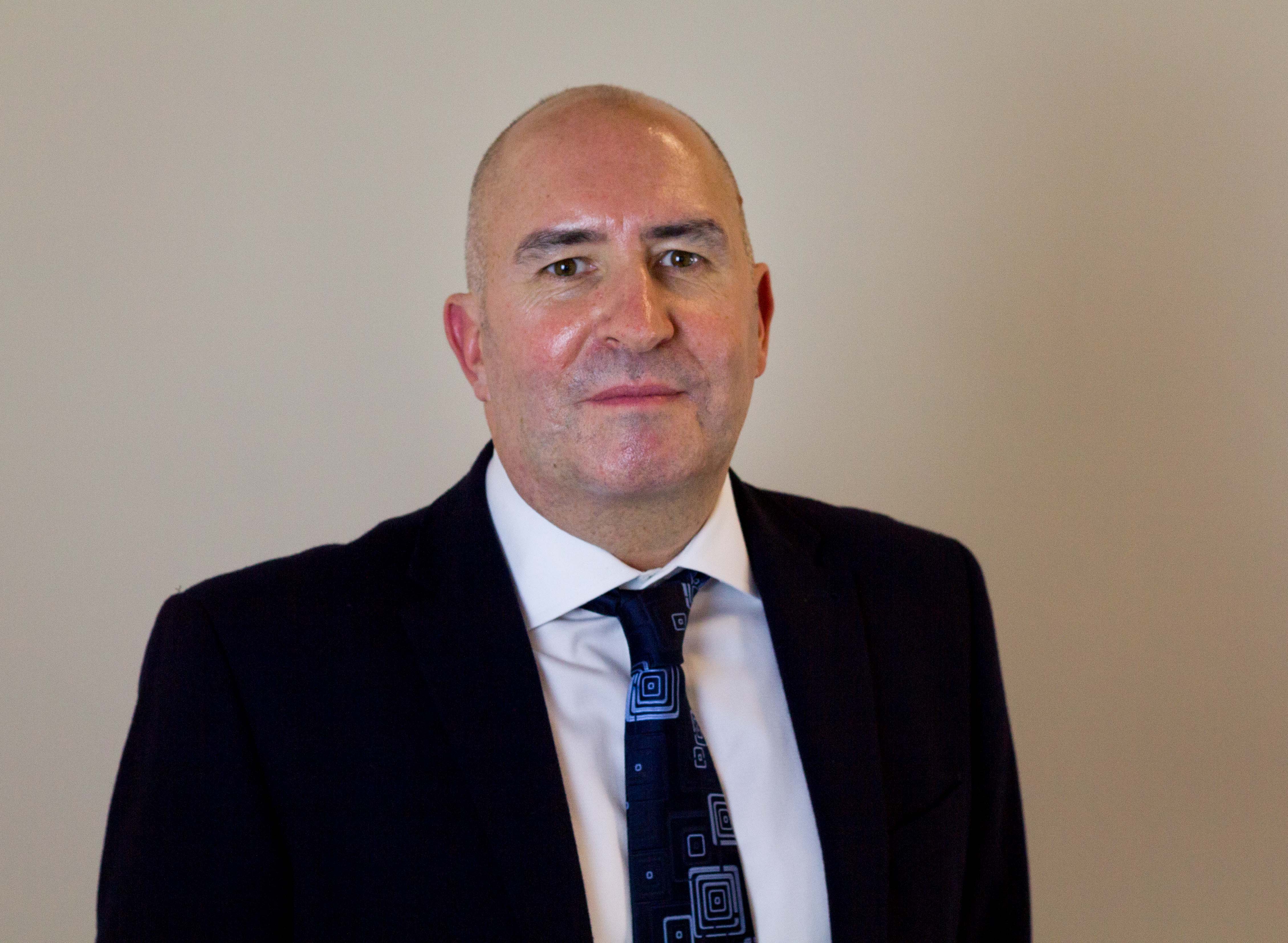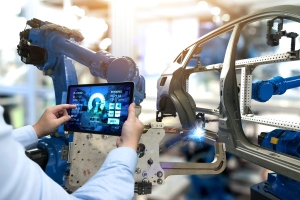Industry 4.0. The Industrial Internet of Things. Digitalisation. Smart manufacturing. The fourth industrial revolution (4IR). There are dozens of different names for the uptake in connected technologies and the convergence of IT and OT systems taking place in industry at the moment. One thing most people do agree on, however, is that it’s tech-driven. But should this really be the case? Here, George Walker, managing director of industrial automation expert Novotek UK and Ireland, makes the case for goal-driven digitalisation:
Recently, I came across the concept of hyper-automation. While it initially sounds like a buzzword akin to the Industrial Internet of Things (IIoT) and smart manufacturing, it actually means quite the opposite. It’s a term for operating environments that are bloated with automated, ‘smart’ systems making production excessively complicated.
Over-automated plants
This is particularly poignant because it speaks to a situation we have seen time and time again while serving businesses as Novotek UK and Ireland. Plants are increasingly becoming over-automated, with numerous systems installed to perform individual parts of a single process when a single system would accomplish the same thing. This doesn’t often happen with physical automated systems, but it’s a growing problem with industrial automation software and platforms.
Unfortunately, this problem doesn’t seem like it will be going away any time soon. It’s often not due to a lack of communication in an industrial business – although this is unquestionably a factor in some cases – as much as it is the result of the wrong approach to the latest industrial revolution.
Missed chance
For many businesses that Novotek UK and Ireland works with, the focus seems to be on obtaining IIoT-enabled widgets to achieve greater results, whether that be increased throughput, higher production rates or better energy efficiency. But because these systems are evaluated individually for payback and for technology choices, they form a patchwork network of equipment and systems that is expensive in its excessive complexity.

Customers lose the chance to understand how they could use a common approach to defining key data requirements and to defining uses for data that cross functional boundaries – and this missed chance leads to overlap of systems and duplication of IT and OT spend.
Many successful adopters of digital technology typically work to become digitally-ready first. The process of becoming ready for digitalisation is generally about setting business objectives and working backwards to the tech that will enable them, while fostering a culture of innovation and collaboration so many stakeholders see how “each others’” needs are really related. But in industrial environments, it’s often expressed as if digital readiness correlates to the amount of sensors, control systems and IIoT-enabled devices are installed.
For a leading industrial business to become digitally ready, the first step is identifying what you want to achieve. What is the end goal for the operational transformation? This could be a specified reduction in energy usage across a factory, or it could be an increased rate of production. With these goals in mind, leadership must consider what is currently stopping them from achieving this, whether it’s a lack of insight into key industrial processes or a skills shortfall.
Only once this is established can a business truly look at what systems can help. Fortunately, establishing these areas of limitation involves extensive communication with different aspects of the business, which means leadership can identify overlap between departments. This makes it easier to avoid investing in multiple systems that achieve the same thing.
Illustrating the challenge
Because Novotek UK and Ireland is an industrial automation specialist, we’re often called into businesses where we find there is overlap between the field service monitoring software and plant SCADA systems. These systems provide fundamentally similar performance insights from equipment, but neither the field technicians nor plant managers were aware of the other’s system.
The result of this is bloated networks and expensive, complex automation systems. This can be avoided simply by defining business goals first and working backwards from there, making technology an enabler rather than an emphasis. Working with specialist automation consultants, such as Novotek UK and Ireland, helps ensure that an industrial company’s vision is first achievable and then, ultimately, achieved.
The fourth industrial revolution and the IIoT are industry-changing concepts, but they shouldn’t change a company’s focus. If you treat them as new opportunities to achieve core business objectives, then you’ll find that they’re more tech-enabled than tech-driven.
The author is George Walker, managing director, Novotek UK and Ireland
Comment on this article below or via Twitter: @IoTNow_OR @jcIoTnow










